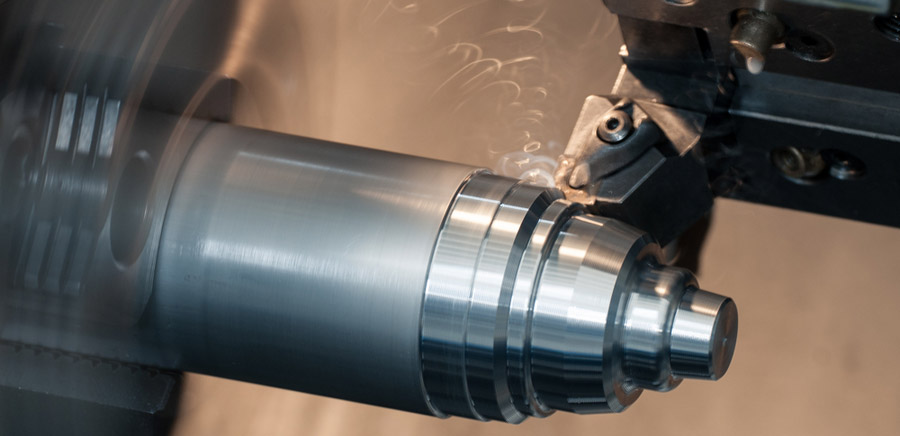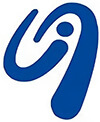CNC turning has become a cornerstone of modern manufacturing, particularly for producing prototypes and small batch components. The ability to quickly and accurately produce high-precision parts makes CNC turning an ideal choice for industries requiring rapid product development and low-volume manufacturing. This article explores the benefits, challenges, and best practices associated with CNC turning for prototype and small batch production.
Why CNC Turning for Prototypes and Small Batches?
Prototyping and small batch production demand flexibility, speed, and precision. CNC turning meets these requirements by offering fast setup times, reduced lead times, and high repeatability. Unlike traditional machining methods, CNC turning allows for quick adjustments and design modifications without significant cost or downtime.
1. Rapid Turnaround for Prototypes
CNC turning enables quick production of prototype components, allowing engineers to test designs and make adjustments efficiently. The digital nature of CNC programming allows for rapid tool path modifications, enabling manufacturers to respond quickly to design changes.
2. Cost-Effective for Low Volumes
Small batch production often incurs higher costs per part due to setup and material expenses. However, CNC turning minimizes these costs through automation, reduced material waste, and optimized machining parameters. Manufacturers can produce small batches without the need for expensive tooling or molds.
3. High Precision and Repeatability
CNC turning machines are capable of producing parts with tight tolerances and complex geometries. The use of advanced tooling and cutting strategies ensures consistent dimensional accuracy, even in low-volume production runs.

Advantages of CNC Turning for Prototyping and Small Batches
1. Design Flexibility
CNC turning allows for easy modification of part designs. Engineers can test different iterations of a part without significant retooling or additional setup costs. Complex shapes, including threads, tapers, and contours, can be created with minimal effort.
2. Material Versatility
CNC turning can handle a wide range of materials, including metals (aluminum, steel, titanium), plastics (POM, PTFE), and composites. This versatility allows manufacturers to select materials that meet specific performance requirements.
3. Reduced Lead Time
Traditional machining methods often require extensive setup and tooling, leading to longer production times. CNC turning reduces lead times by allowing direct programming and minimal manual intervention. Prototypes and small batches can be produced within days rather than weeks.
4. High Surface Finish Quality
The precision and stability of CNC turning machines ensure high surface finish quality. This reduces the need for secondary finishing operations, saving time and cost.
Challenges in CNC Turning for Prototypes and Small Batches
1. Setup Time for Complex Parts
While CNC turning reduces overall lead times, complex parts may still require longer setup times. Proper fixture design and tool path programming are essential to minimize setup delays.
2. Material Waste and Cost
For small batch production, material costs and waste management can become significant factors. Careful material selection and optimized cutting strategies help minimize waste and improve cost efficiency.
3. Tool Wear and Maintenance
Frequent production of small batches with different materials and designs can increase tool wear. Monitoring tool wear and implementing preventive maintenance strategies are essential to maintain machining accuracy.
Best Practices for CNC Turning in Prototyping and Small Batch Production
1. Optimize Tool Path and Cutting Parameters
Use advanced CAM software to simulate tool paths and optimize cutting speeds, feed rates, and tool engagement. Efficient programming reduces machining time and improves surface finish.
2. Use Quick-Change Tooling Systems
Quick-change tooling systems reduce downtime between part changes, enhancing overall production efficiency. Modular tooling also allows for faster adaptation to different designs.
3. Implement In-Process Inspection
In-process inspection using CMM (Coordinate Measuring Machines) or laser scanners ensures that each part meets specifications. Early detection of dimensional deviations prevents costly rework.
4. Leverage Multi-Axis Turning Machines
Multi-axis CNC turning machines allow for simultaneous cutting along multiple axes, reducing the need for multiple setups and improving accuracy. This is particularly beneficial for complex prototypes and small batches.
5. Manage Material Inventory Efficiently
For small batch production, maintaining a balanced material inventory is crucial to avoid overstocking or shortages. Just-in-time (JIT) inventory systems help minimize storage costs and improve material utilization.
Applications of CNC Turning for Prototypes and Small Batches
Aerospace: Custom components, turbine blades, and housings.
Medical: Surgical instruments and implants requiring biocompatible materials.
Automotive: Custom gears, shafts, and housings for test vehicles.
Electronics: Heat sinks, connectors, and sensor housings.
Consumer Goods: Custom handles, fittings, and housings.
Conclusion
CNC turning is an ideal solution for prototyping and small batch production due to its precision, flexibility, and cost-effectiveness. By understanding the key benefits and challenges, manufacturers can implement best practices to maximize efficiency and product quality. Leveraging advanced CNC technology and optimized machining strategies allows for quick design iterations and high-quality output, meeting the evolving demands of modern manufacturing.



